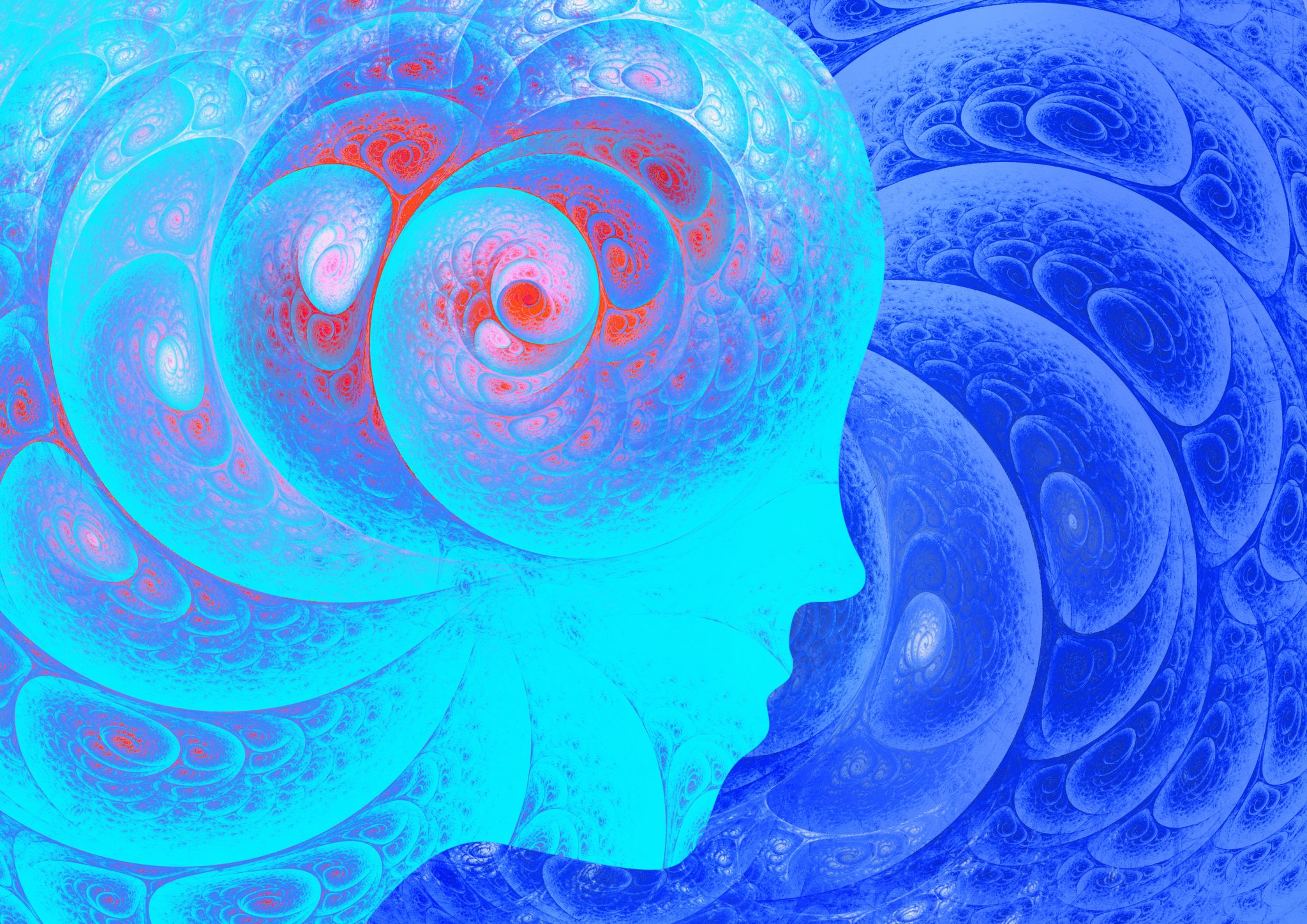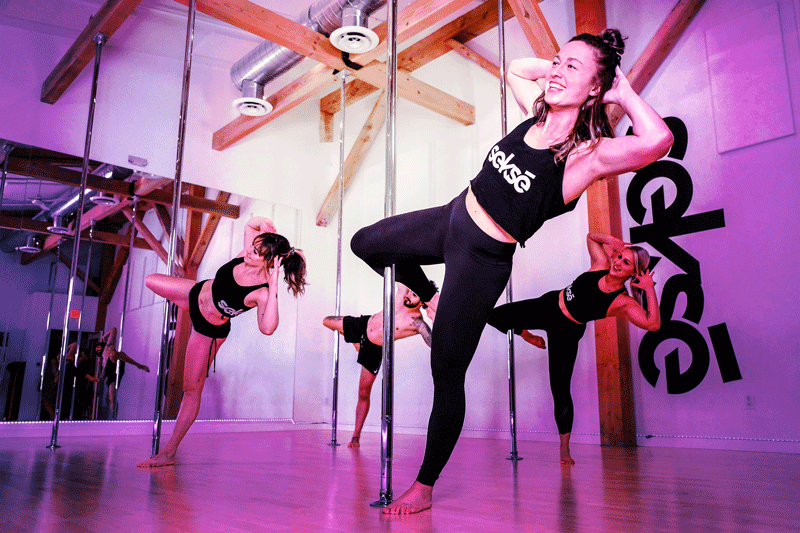We do it 20,000 times a day. Breathe in, breathe out. But what if the goal is to run faster, sing better, lower stress, overcome addiction, or manage pain and anxiety? Success might come from two locals, one a physical therapist and the other a breathwork coach, who believe magic happens when we marshal the power of breath for wellbeing.

From James Nestor’s best-selling book, Breath: the New Science of a Lost Art, to pop-up reminders on personal fitness trackers, breathwork is part of mindfulness practices such as yoga and meditation that are now accepted into mainstream health and wellness programs. Conscious breathing got a big bump in popularity during the pandemic for managing stress, but it is rooted in thousands of years of practice that survived from early religions such as Buddhism, Hinduism, Christianity and Judaism along with Indigenous cultures worldwide, including Native American tribes who believed that certain breathing techniques would promote vitality and longevity.
Breathing 101
“Breathing is part of the solution to everything,” said Andy Sabatier who opened Bend’s Academy West: Breathing & Performance in 2019. After earning a Doctor of Physical Therapy degree at New York University, he spent years caring for patients in intensive care units, first at Stanford Hospital and more recently at St. Charles Medical Center in Bend. He saw the debilitating effects of dysfunctional breathing using the mouth, neck and shoulders and fast shallow breathing. “If you can’t breathe functionally, you can’t thrive,” he said. “My mission is to educate anyone who is curious, motivated or suffering.” In his practice, that means surgical patients, people with injuries, athletes of all ages, musicians, parents and other health care professionals will learn about the science of breathing; how even small adjustments in the way we inhale and exhale can produce positive changes in our biological, psychological, social and spiritual realms.
He offers a class he calls “Breathing 101” to take individuals deep into the mechanics of breathing and break down the differences between functional (helpful) breathing and dysfunctional (harmful) breathing patterns. “We show folks how to use their breathing system more effectively by tweaking what they’re already doing—breathing,” he said.
“Andy was a godsend,” said Mike Wilkins, a Bend building contractor who fell off his dirt bike last March and landed in a boulder field, breaking ribs, perforating a lung, lacerating kidneys and rupturing his spleen.
After eight days in the hospital, his surgeon, Jennifer Watters, M.D., referred him to Sabatier who introduced him to breathing techniques and ways of incorporating those into exercise. “I made a fairly remarkable recovery,” he said, noting that he was able to ride his mountain bike three months after the crash. “I am doing remarkably well and have no lingering issues.” Sabatier presented Wilkins’ case at the American College of Surgeons Oregon chapter meeting last June in Sunriver. Academy West offers weekly classes as well as individual evaluations and physical therapy at a new studio on Bend’s west side.
Breathwork Experience
Jon Paul Crimi offers Central Oregonians an entirely different experience, one born from his own struggles with addiction and alopecia. At age 23, Crimi was working as a personal trainer and trying to make it as a method actor in Los Angeles when his hair—from eyebrows to toes—abandoned him. Nothing took away his anxiety and depression until a twelve-step program helped him conquer addiction, and he discovered breathwork—an umbrella term encompassing a range of breathing techniques for physical, mental and spiritual health.
Now twenty-two years sober and a coach to the stars (Owen Wilson and Matthew Perry among them), he holds live “Breathwork with Gong Sound Healing” classes at the Riverhouse Convention Center, which often max out at 250-to-300 participants.
At a recent class, people carried yoga mats and blankets into the convention hall and spread them on the floor. Franchot Tone sang and played guitar until the lights went out and Crimi began. “It’s going to be a wild ride,” he said, as he explained what participants could expect over the next hour. He exhorted them to have an open mind. “It’s an experience that will change your life.”
He instructed people to lie on their backs, eyes closed, hands over belly and chest, and to begin breathing through the mouth in a technique he calls circular breathing—two big breaths in and one quick exhale—for twenty-seven minutes. He motivated participants to stay the course, let the emotions flow, and gave them permission to cry if they needed to. The class climaxed with a wavelike rumbling of gongs and ended with a primal, purging yell from participants. “I want to give people a huge emotional release,” he said. “I want people to walk out in gratitude after anchoring moments in their hearts,” he said of the technique he uses to finish the class. “I don’t just want to do a class, but I want to be moved myself.”
When asked about his open-mouth breathing technique that breaks with current thinking about functional breath, Crimi acknowledged that ninety-nine percent of breath should be through the nose but added that “a little bit of mouth breathing to shift an entire life is worth it.”
When he began breathwork, he offered individual coaching but now says his mission is to spread the technique to as many people on the planet as possible by teaching others to facilitate breathwork classes. He’s been featured in the HuffPost, has been a guest on national talk shows and podcasts, and has coached Olympic athletes, plus Emmy and Grammy winners.
Sabatier and Crimi are both disciples of the power of breath to transform the course of one’s life—as it has for both of them, in different ways. Of the thousands of breaths we take each day, deliberate, controlled inhales and exhales may help a person succeed at a goal most haven’t given much breath to.
See academywestperformance.com and breathewithjp.com.




